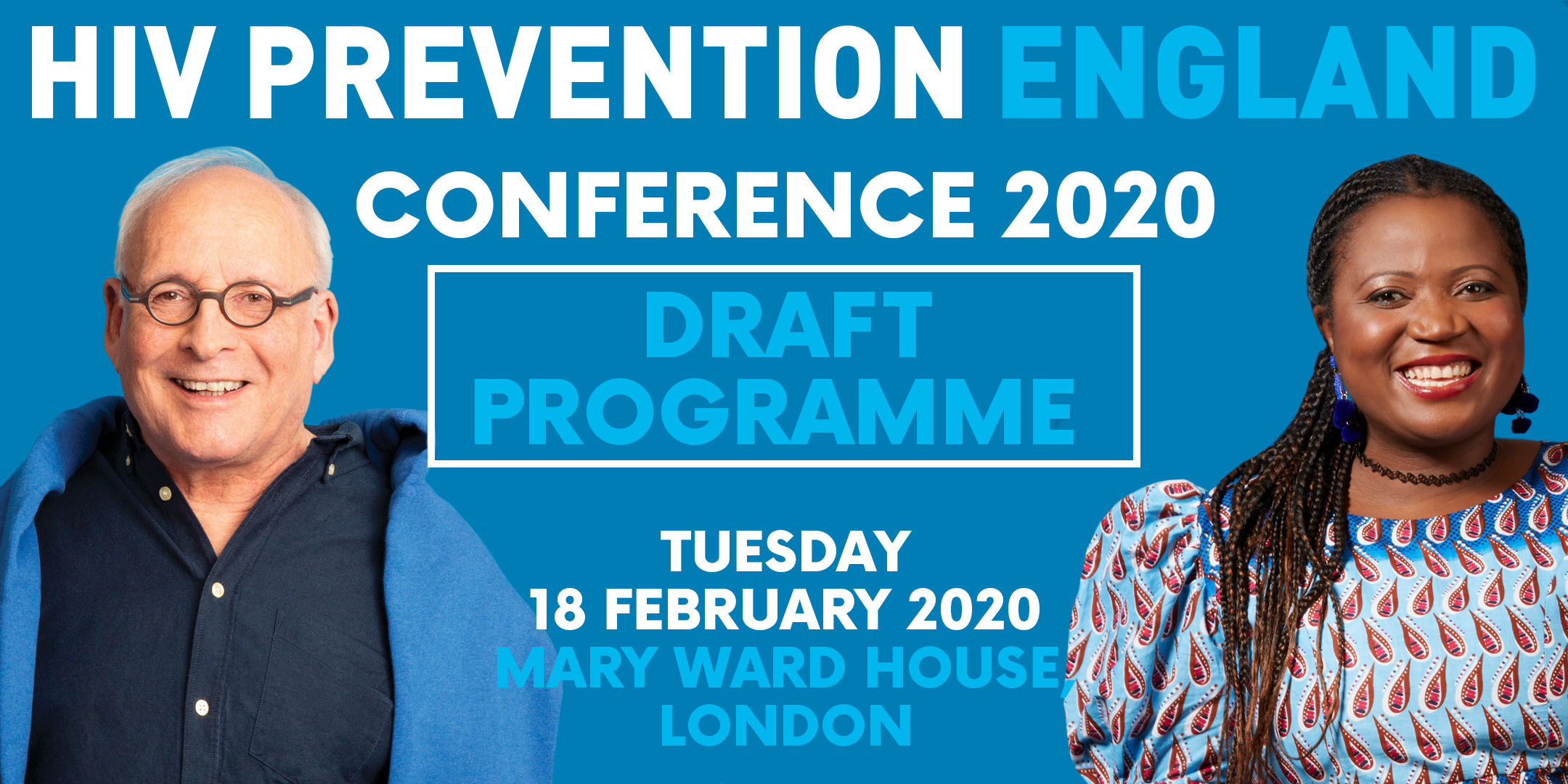There’s less than one week to go before the HPE Conference 2020 and we are excited to bring together more than 300 professionals who work in HIV prevention, sexual health and beyond.
The conference programme will explore ways to improve the nation’s sexual health, reduce the rising rates in sexually transmitted infections and reach zero new HIV diagnoses by 2030.
This event will provide a platform for open discussion as well as practical learning opportunities that delegates can take back to their organisations, clinics and other places of work.
We’re delighted to share the final HPE conference 2020 programme [PDF].
This event is now at full capacity – but you can still get involved.
Participate online
We will be live-streaming the Opening and Closing Plenary sessions (9.30am and 3.45pm) on YouTube. Breakout sessions in the main hall will also be available to watch online which include:
- HIV Testing: Breaking barriers, driving access (11am to 12.15pm)
- Ensuring PrEP access and uptake in key populations (1.00pm to 2.10pm)
- STIs and sexual health: what’s working to reach highly affected groups (2.15pm to 3.30pm)
You can also follow the conference on Twitter, where we will be inviting delegates to discuss the presentations and workshops, our event hashtag is #HPE2020.
The conference is organised by Terrence Higgins Trust for HIV Prevention England (HPE), the national HIV prevention programme commissioned by Public Health England.
We wish to thank our corporate sponsors whose support has helped to provide an enhanced conference experience.



